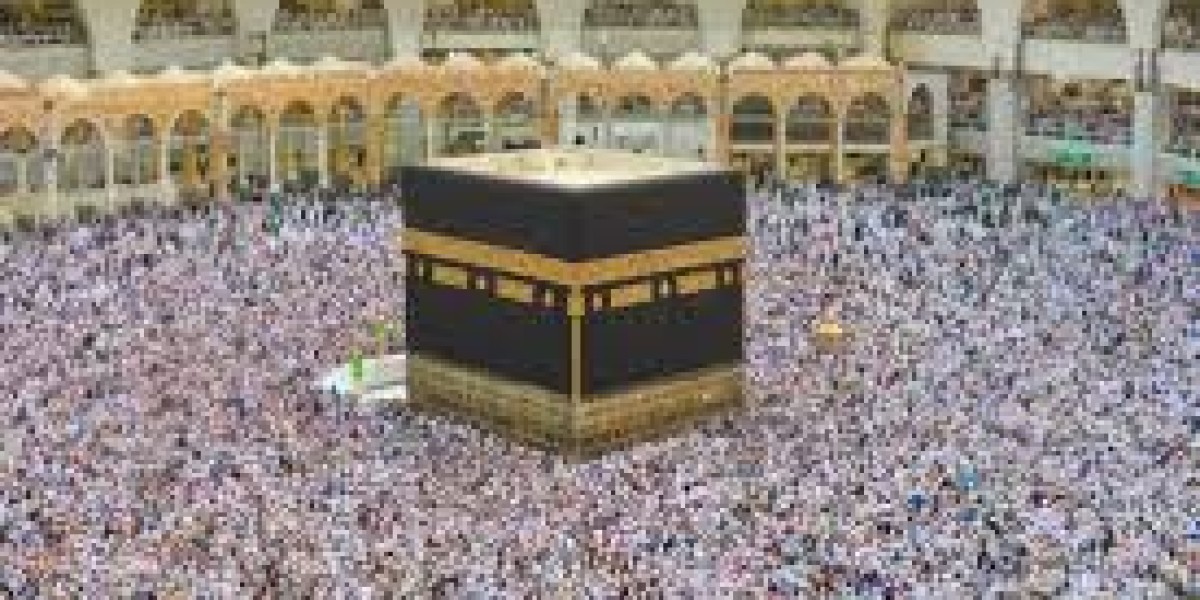Islam is a monotheistic faith that shares many common roots with Judaism and Christianity, tracing its heritage back to the patriarch Abraham. Here’s a comprehensive look at the history of Islam:
1. Pre-Islamic Arabia (Jahiliyyah)
Before the rise of Islam, the Arabian Peninsula was home to a variety of tribal societies, many of whom practiced polytheism. These tribes worshipped a multitude of gods, and the city of Mecca, particularly the Kaaba, was a center of pilgrimage for these different religious communities. While polytheism dominated, there were also small communities of Jews, Christians, and Zoroastrians in the region.
This period, known as Jahiliyyah (the age of ignorance), was marked by tribal warfare, social inequality, and a lack of centralized governance. In this context, Muhammad was born in Mecca around 570 CE into the influential Quraysh tribe.
2. The Life of Prophet Muhammad
Muhammad’s life and revelations are the cornerstone of Islamic history. Orphaned at a young age, Muhammad grew up under the care of his uncle, Abu Talib. He became known for his honesty and trustworthiness, earning the nickname al-Amin (the trustworthy). At age 25, he married a wealthy widow, Khadijah, with whom he had several children.
In 610 CE, at the age of 40, Muhammad experienced a profound spiritual event while meditating in the Cave of Hira near Mecca. The angel Jibril (Gabriel) appeared to him and revealed the first verses of what would later become the Qur’an, the holy book of Islam. Over the next 23 years, Muhammad received these revelations, which were memorized and recorded by his followers.
Muhammad preached monotheism, urging the people of Mecca to abandon their idols and worship the one true God, Allah. His message emphasized social justice, care for the poor, and equality before God. However, his teachings faced strong opposition from the Quraysh elite, who saw them as a threat to their power and the established social order.
3. Migration to Medina (Hijra)
The growing hostility in Mecca eventually forced Muhammad and his followers to leave the city. In 622 CE, they migrated to the nearby city of Yathrib (later renamed Medina). This event, known as the Hijra, marks the beginning of the Islamic calendar.
In Medina, Muhammad was invited to mediate between warring tribes and was able to establish himself as both a religious and political leader. The Muslim community (ummah) grew rapidly during this time as Muhammad forged alliances with various tribes and groups, including some Jewish tribes in Medina.
The years in Medina were also marked by conflicts with the Quraysh of Mecca. Several battles took place between the Muslims and their opponents, including the Battle of Badr (624 CE), the Battle of Uhud (625 CE), and the Battle of the Trench (627 CE). Despite initial setbacks, Muhammad and his followers eventually triumphed.
4. The Conquest of Mecca and Muhammad’s Death
In 630 CE, after years of conflict, Muhammad and a large force of Muslim converts marched on Mecca. Rather than bloodshed, the city surrendered peacefully. Muhammad entered the Kaaba and destroyed the idols inside, rededicating it to the worship of Allah alone. This event marked the victory of Islam in Arabia.
Two years later, in 632 CE, Muhammad passed away in Medina after a final pilgrimage to Mecca. His death marked the end of the prophetic period, but by that time, Islam had already spread across much of the Arabian Peninsula.
5. The Caliphate and Expansion of Islam
After Muhammad’s death, leadership of the Muslim community passed to his close companions, known as the Rightly Guided Caliphs (al-Khulafa' al-Rashidun). The first caliph, Abu Bakr, was a close friend and father-in-law of Muhammad. Under his leadership and the following three caliphs—Umar, Uthman, and Ali—Islam expanded rapidly beyond Arabia.
- Abu Bakr (632-634 CE) managed to unify the Arabian tribes and suppress internal rebellions.
- Umar ibn al-Khattab (634-644 CE) presided over the greatest period of expansion. Under his leadership, Muslim armies conquered vast territories, including the Byzantine provinces of Syria and Egypt, and the Persian Empire.
- Uthman ibn Affan (644-656 CE) oversaw the compilation of the Qur’an into a single, standardized text. His rule, however, was marred by growing discontent and internal strife, culminating in his assassination.
- Ali ibn Abi Talib (656-661 CE), Muhammad’s cousin and son-in-law, faced a civil war known as the First Fitna (656-661 CE). The conflict arose over political disputes and claims to leadership. Ali’s eventual assassination marked the end of the Rashidun Caliphate.
6. The Umayyad and Abbasid Caliphates
Following the death of Ali, the caliphate passed to the Umayyad dynasty (661-750 CE), based in Damascus. The Umayyads oversaw the further expansion of the Islamic empire, including into Spain (al-Andalus) and across North Africa. Despite their military success, the Umayyads faced opposition for their perceived departure from Islamic ideals and their preference for Arab elites.
In 750 CE, the Abbasids overthrew the Umayyads and established their caliphate, with its capital in Baghdad. The Abbasid period (750-1258 CE) is often seen as the golden age of Islamic civilization. During this time, Islamic scholarship, culture, science, and trade flourished. Scholars made groundbreaking advancements in mathematics, astronomy, medicine, and philosophy, preserving and building upon the knowledge of ancient civilizations such as Greece and Persia.
7. Islamic Thought and the Development of Islamic Law
As Islam spread, the need for legal and theological systems arose. Islamic scholars (ulama) developed Islamic jurisprudence (fiqh), drawing from the Qur’an, the teachings of Muhammad (hadith), and consensus (ijma). The four main Sunni schools of law—Hanafi, Maliki, Shafi'i, and Hanbali—emerged during the early centuries of Islam, each interpreting the sources in slightly different ways.
Islamic theology also developed, addressing issues such as the nature of God (tawhid), free will, and the role of reason in understanding faith. Various theological schools, such as the Mu'tazilites and the Ash'arites, debated these issues, contributing to the rich intellectual tradition of Islam.
8. Sects in Islam: Sunni and Shia
One of the most significant divisions in Islam is between Sunni and Shia Muslims. This split originated from a dispute over the rightful successor to Muhammad. Sunnis believe that the caliphs, chosen by consensus or election, were legitimate leaders, while Shia Muslims believe that leadership should have passed to Muhammad’s descendants, starting with his cousin and son-in-law, Ali.
Over time, this political dispute developed into theological and ritual differences. Today, Sunni Islam is the largest branch, followed by Shia Islam, which has a significant presence in countries such as Iran, Iraq, and Lebanon.
9. Islam in the Modern Era
Islam continued to spread throughout Africa, Asia, and Europe in the centuries following the Abbasid period. The Ottoman Empire, established in 1299, became a major center of Islamic power, while the Mughal Empire in India and the Safavid Empire in Persia were also important Muslim dynasties.
In the modern era, Islam has faced new challenges and transformations due to colonialism, nationalism, and globalization. European colonization of the Muslim world in the 19th and 20th centuries significantly impacted Islamic societies. Many Muslim-majority countries gained independence in the mid-20th century, but issues of governance, modernization, and the role of Islam in society have been central to political and social debates.
The 21st century has seen both the rise of radical interpretations of Islam, leading to conflicts in places like the Middle East, and a growing awareness of Islam’s diverse and multifaceted nature. Islam is now a global religion, with over 1.8 billion followers, representing a wide range of cultures, languages, and traditions.
Conclusion
The history of Islam as a religion is deeply interconnected with the political, cultural, and intellectual history of the world. From its beginnings in 7th-century Arabia, it rapidly expanded to become one of the largest and most influential faiths globally. Today, Islam continues to shape and be shaped by the societies in which it exists, with its teachings offering spiritual guidance to millions of people worldwide.



